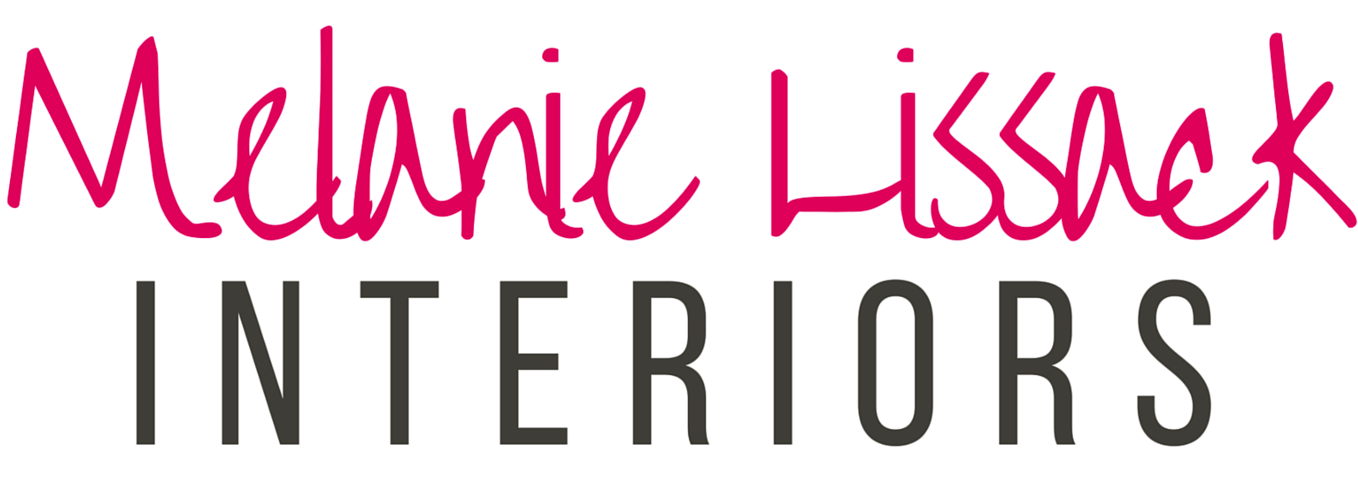Are You Allowed to Refurbish a Furnished Rental Apartment?
Featured Partner Placement Post
In an ever-evolving rental market, many tenants find themselves pondering over the possibilities and extents of personalizing their living space. One pertinent question is whether one is allowed to refurbish a furnished rental apartment to make it more attuned to one’s style and preferences. Before delving into the nuances of refurbishing furnished rental spaces, let’s take a moment to understand the advantages of choosing a furnished apartment over an unfurnished one.
Furnished vs. Unfurnished Apartments
When it comes to renting an apartment, prospective tenants generally have two options. Let’s take a look at the advantages of furnished vs. unfurnished rental apartments.
Advantages of Furnished Apartments
● Move-in Ready: Furnished apartments are equipped with essential furniture and appliances, reducing the hassle of moving large items.
● Cost-Efficient: These apartments potentially save tenants the initial costs associated with buying furniture and other necessary items.
● Short-Term Leases: Furnished apartments often offer shorter lease terms, making them ideal for temporary stays or corporate housing.
Advantages of Unfurnished Apartments
● Personalization: Unfurnished spaces provide a blank canvas that tenants can personalize according to their tastes.
● Potentially Lower Rents: Unfurnished apartments tend to have lower rental rates compared to their furnished counterparts.
● Long-Term Stay: These apartments are generally aimed at long-term tenants, providing a sense of stability and a home that one can grow into over time.
Having delineated the benefits of both furnished and unfurnished apartments, we now navigate the core topic of refurbishing furnished rental apartments.
The Refurbishment Dilemma
Refurbishing a furnished rental apartment calls for careful consideration of the terms stipulated in the rental agreement and an open, honest dialogue with the landlord. The extent to which refurbishment can be undertaken hinges greatly on various factors including the landlord’s disposition, the nature of the changes envisioned, and the potential for these changes to add value to the property. Let’s delve deeper into the different facets of the refurbishment dilemma:
Permission and Policies
The first and most critical step before you decide to refurbish your rented space is to consult the lease agreement meticulously to understand what is allowed and what is not. However, lease agreements may not cover all nuances; therefore, a discussion with the landlord to elucidate the boundaries of refurbishment can be invaluable. Keeping a record of such conversations, and where possible, getting permissions in writing, can prevent misunderstandings and disputes in the future.
Cosmetic Changes
If the refurbishment you are envisioning leans towards cosmetic alterations, you are in luck. Landlords are generally receptive to changes that do not fundamentally alter the structure or design of the apartment. Consider introducing removable wallpapers that breathe new life into the rooms or adorn the furniture with trendy slipcovers to match your style. The use of temporary solutions allows for creativity without permanent alterations, hence being a safer bet in rentals. Moreover, personal decorative items like artwork, rugs, or curtains can significantly uplift the space, giving it a personalized touch without affecting the existing setup.
Structural Changes
Venturing into structural changes is a much more complex endeavour. This category encompasses substantial alterations such as breaking down walls, redoing the flooring, or modifying built-in furniture. Such refurbishments not only demand a higher level of expertise but are usually frowned upon by landlords owing to the permanent nature of these changes. Therefore, it is highly advised to steer clear of structural alterations unless expressly permitted by the landlord. Initiating such changes without consent could lead to serious ramifications including eviction or being held liable for damages.
Enhancements That Add Value
If you are keen on making improvements that enhance the value of the apartment, this could potentially be a win-win scenario. Landlords might welcome upgrades like installing energy-efficient appliances or modern light fixtures that not only serve your aesthetic preferences but also add to the property value. In such cases, maintaining a collaborative spirit and proposing well-thought-out enhancements can foster a positive response from the landlord. It could even be possible to negotiate a shared investment in these upgrades, benefiting both parties in the long run.
Preservation of Original Items
In a furnished apartment, maintaining the integrity and condition of the original items provided by the landlord is paramount. Even as you infuse the space with your personal style, it remains your responsibility as a tenant to ensure that the furnishings and appliances are treated with care. Setting aside a storage space for original items which are swapped out during your tenancy could be a prudent strategy. This would ensure that you can restore the apartment to its original state upon moving out, safeguarding your security deposit from deductions.
Conclusion
Refurbishing a furnished rental apartment comes with its own set of challenges and restrictions. While personalizing one’s living space is a natural desire, it is essential to navigate this path with a clear understanding of the rules stipulated in the lease agreement and maintaining a transparent line of communication with the landlord. As we find a middle ground that respects the tenant’s desire for a personalized home and the landlord’s property rights, refurbishing can indeed be a harmonious and rewarding endeavour.






